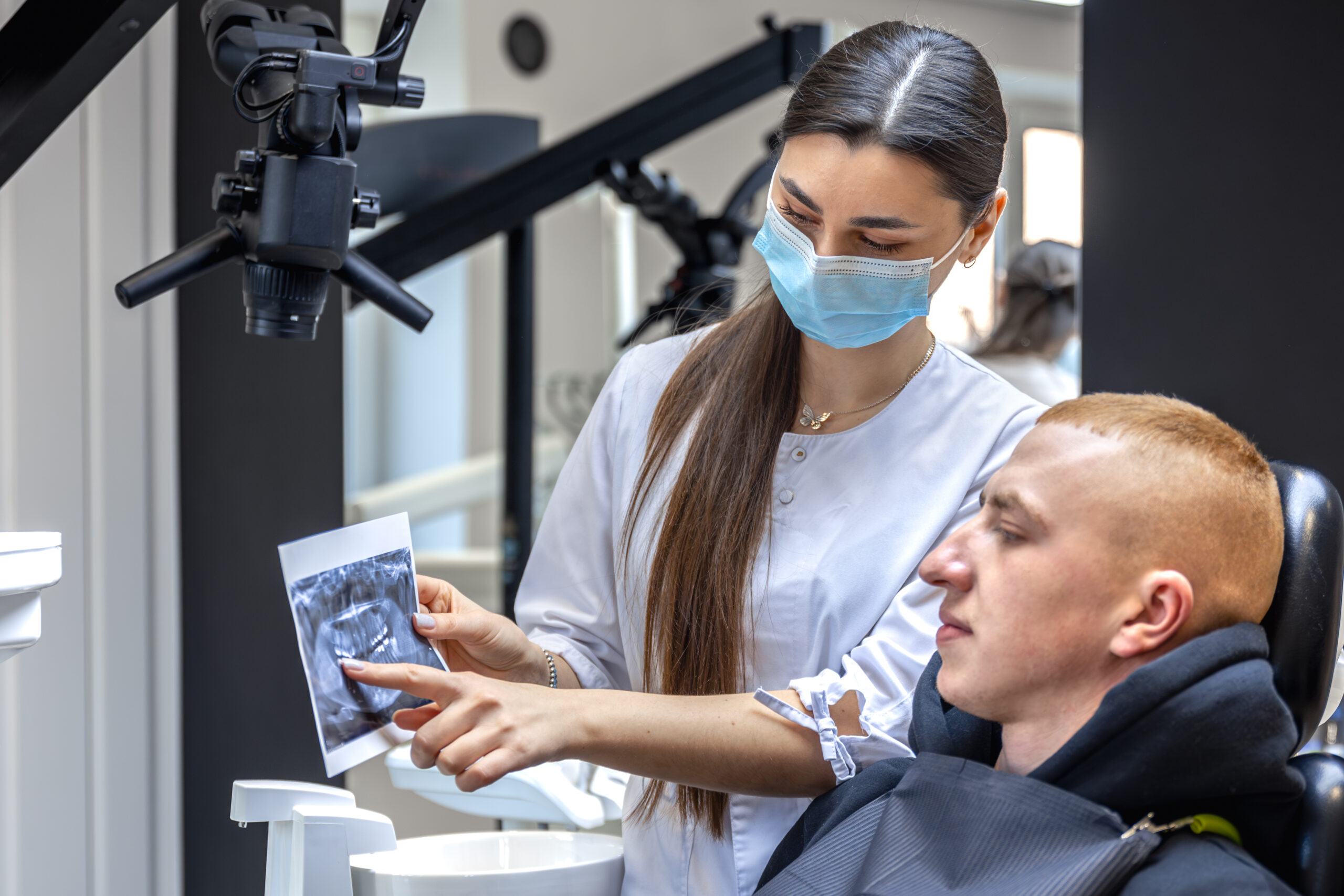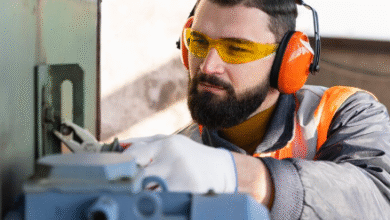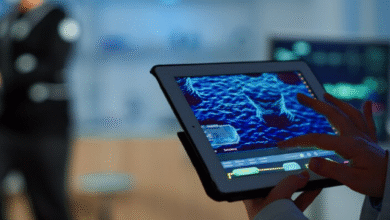The practice of veterinary medicine is perpetually balanced on a knife’s edge, demanding a profound synthesis of compassionate care and razor-sharp diagnostic precision, a challenge that becomes exponentially more complex within the specialized field of veterinary dentistry. For decades, the interpretation of dental radiographs—the cornerstone of diagnosing hidden pathologies such as tooth resorption, periodontal bone loss, and endodontic disease—has relied exclusively on the trained yet fallible human eye of the veterinarian. This traditional methodology, while effective, is inherently vulnerable to the subtle complexities of radiographic shadows, the fatiguing effects of long clinic hours, and the inevitable variations in experience levels across practitioners, often leading to missed diagnoses or the late-stage detection of conditions that could have been managed more effectively with earlier intervention. The consequence of these diagnostic oversights is not merely academic; it directly impacts animal welfare, potentially leading to prolonged pain, more invasive and expensive procedures, and diminished quality of life for our beloved pets. It is within this critical gap between standard care and diagnostic perfection that Nerovet AI Dentistry emerges, not as a mere tool, but as a transformative partner powered by sophisticated artificial intelligence. This in-depth review will explore the architecture, application, and profound implications of Nerovet AI, examining its claim to revolutionize veterinary dental practices by augmenting human expertise with machine-level consistency and unparalleled analytical depth, thereby setting a new gold standard for oral healthcare in animals.
At its technological core, Nerovet AI Dentistry is a sophisticated software platform built upon a deep learning algorithm that has been meticulously trained on a vast and diverse dataset of annotated veterinary dental radiographs. This training enables the system to perform with a level of consistent precision that is humanly impossible to maintain over thousands of images. The process is elegantly seamless; a veterinarian captures a digital dental X-ray of their patient, which is then uploaded to the Nerovet AI platform, either via a cloud-based interface or an integrated practice management software module. Within moments, the AI engine conducts a comprehensive pixel-by-pixel analysis of the image, scanning for a multitude of pathologies with a finely tuned algorithmic lens. It systematically identifies and highlights areas of concern, such as the precise thread-like lucency of a fracture line, the subtle loss of alveolar bone density indicative of periodontitis, the classic appearance of feline tooth resorption lesions, and the often-missed periapical changes that signal a non-vital tooth. The output is not a simple binary result but a detailed, annotated report that overlays the original radiograph, clearly marking each identified issue with confidence indicators and descriptive labels. This transforms the diagnostic process from a solitary, subjective interpretation into a collaborative dialogue between the clinician’s expert knowledge and the AI’s objective, data-driven analysis, ensuring that even the most minute signs of disease are brought to the forefront for consideration and action.
The integration of a system like Nerovet AI into the daily workflow of a veterinary practice delivers a cascade of tangible benefits that extend far beyond the initial diagnostic moment, ultimately elevating the entire standard of care provided. The most immediate and profound advantage is the significant enhancement of diagnostic accuracy and completeness, effectively creating a safety net that drastically reduces the chance of missing hidden dental disease, thereby ensuring that treatment plans are comprehensive and truly address all of a patient’s oral health issues from the outset. This powerful capability naturally builds immense client trust and facilitates more informed consent, as veterinarians can present clients with visually annotated evidence of pathology, making abstract conditions concrete and justifying the medical necessity of proposed procedures in an unambiguous manner. Furthermore, for less experienced veterinarians or technicians, Nerovet AI acts as an invaluable continuous educational tool, accelerating the learning curve for radiographic interpretation by consistently highlighting pathological patterns and reinforcing the visual recognition skills essential for expert practice. From a practice management perspective, this technology streamulates operational efficiency by reducing the time spent agonizing over difficult films, mitigates the risk of malpractice claims related to undiagnosed conditions, and positions the clinic as a cutting-edge, technology-forward provider committed to offering the most advanced care available, which in itself becomes a powerful marketing differentiator in a competitive landscape.
Conclusion
In final analysis, Nerovet AI Dentistry represents a paradigm shift in veterinary medicine, moving the industry decisively from an era of reliance on individual diagnostic prowess into a new age of augmented intelligence and collaborative human-machine expertise. Its value proposition is not to replace the skilled veterinarian but to empower them with a level of analytical support that was previously unimaginable, ensuring that every patient benefits from a consistently high standard of diagnostic scrutiny. By leveraging the indefatigable precision of artificial intelligence to eliminate human error and highlight subtle pathologies, Nerovet AI directly addresses one of the most significant challenges in veterinary dentistry, ultimately leading to earlier interventions, more effective treatments, and improved quality of life for countless animals. For any veterinary practice serious about elevating its standard of care, strengthening client communication, and embracing the future of medical technology, investing in a platform like Nerovet AI is no longer a speculative luxury but a strategic imperative. It is a definitive step towards a future where technology and compassion converge to create better outcomes for all.
Frequently Asked Questions (FAQ)
Q1: What exactly is Nerovet AI Dentistry?
A: Nerovet AI Dentistry is a specialized software platform that uses artificial intelligence to analyze veterinary dental radiographs (X-rays). It automatically detects and highlights common pathologies like tooth fractures, resorptive lesions, bone loss, and other dental diseases, acting as a diagnostic assistant for veterinarians.
Q2: Does Nerovet AI replace the veterinarian’s diagnosis?
A: Absolutely not. Nerovet AI is designed to be a decision-support tool, not a replacement for veterinary expertise. It provides an additional, highly sensitive layer of analysis to ensure nothing is missed. The final diagnosis and treatment plan are always the responsibility of the veterinarian, who combines the AI’s findings with their clinical examination and professional judgment.
Q3: How does the AI learn to identify dental problems?
A: The AI is based on a deep learning algorithm that was trained on a massive dataset of thousands of veterinary dental radiographs that were previously annotated and labeled by board-certified veterinary dentists. By analyzing these labeled images, the algorithm learned to recognize the subtle visual patterns associated with specific dental diseases.
Q4: Is my patient data and radiograph security protected?
A: Reputable AI medical platforms like Nerovet prioritize security and compliance. They typically use bank-level encryption for data transmission and storage and are designed to be fully compliant with data privacy regulations. Patient data is anonymized and used to further refine the AI’s accuracy without compromising individual privacy.
Q5: How easily does Nerovet AI integrate into my existing practice workflow?
A: The platform is designed for minimal disruption. It is typically a cloud-based service that can be accessed through a web portal or integrated with existing Practice Management Software (PMS) and Digital Radiography (DR) systems. The process involves uploading the digital X-ray and receiving an annotated report back within minutes.
Q6: Is Nerovet AI suitable for all animals?
A: Currently, most veterinary AI dentistry solutions, including likely Nerovet, are primarily trained and validated on dogs and cats, which represent the vast majority of veterinary dental cases. Its effectiveness for exotic species would depend on the specific training data available for those animals.





